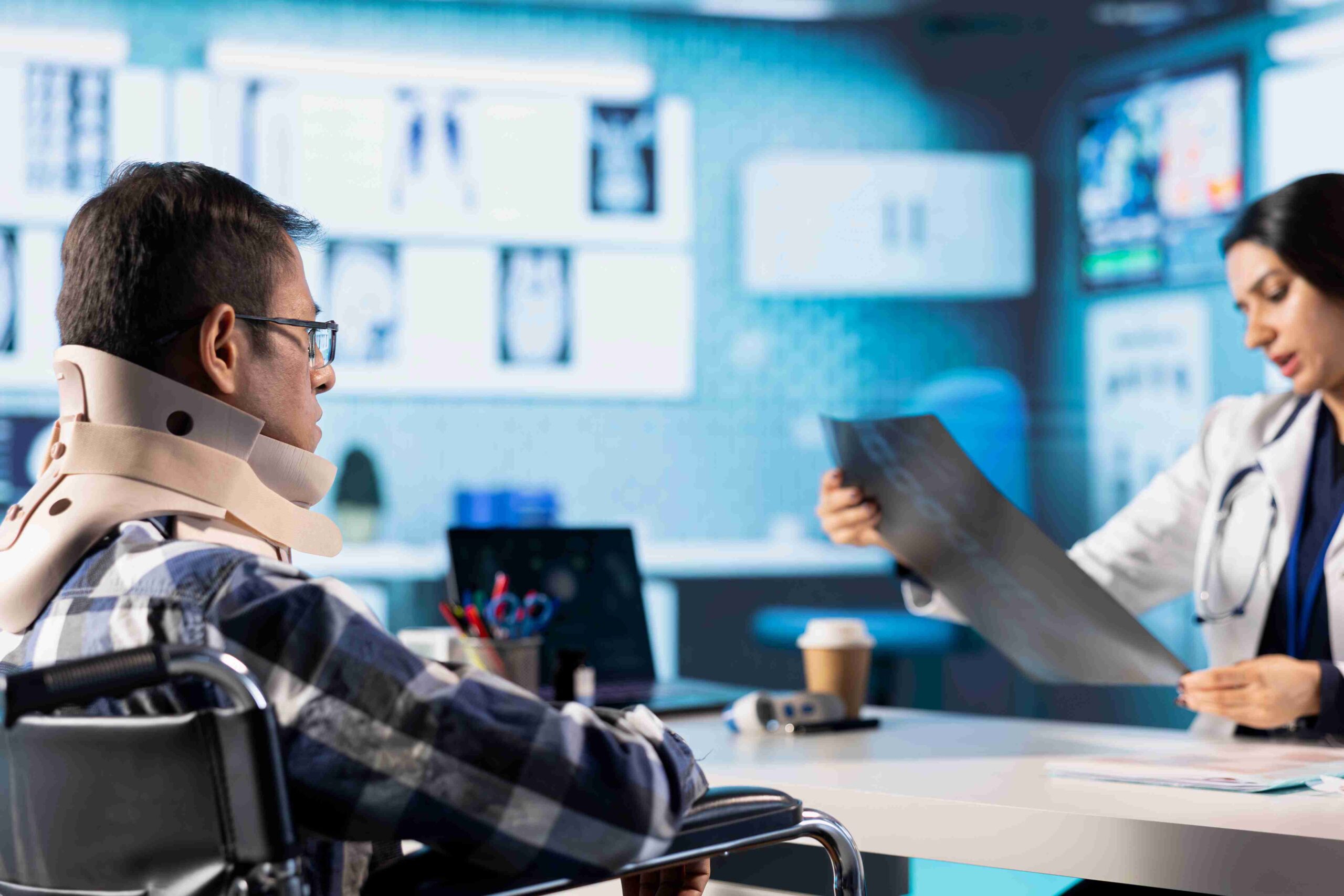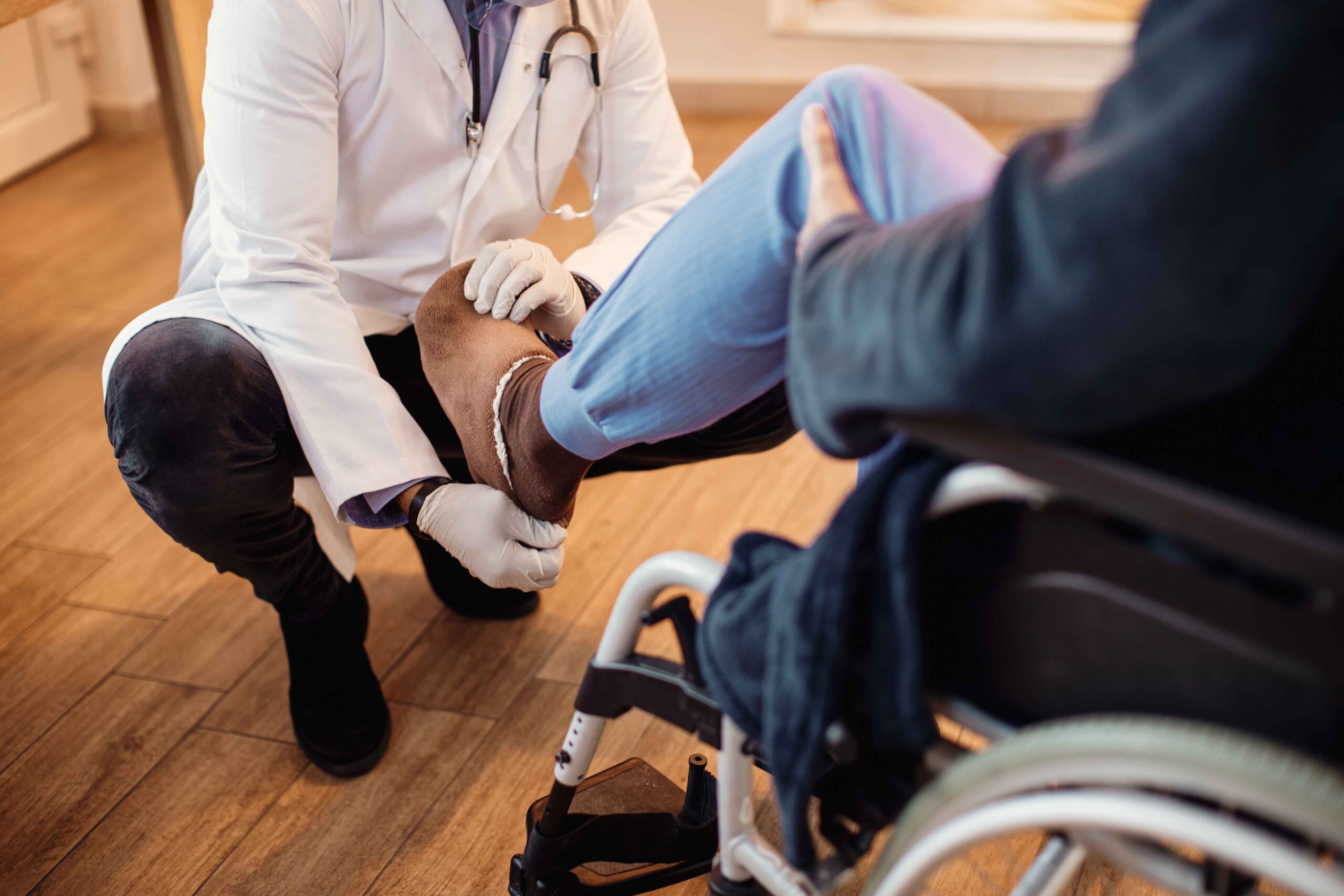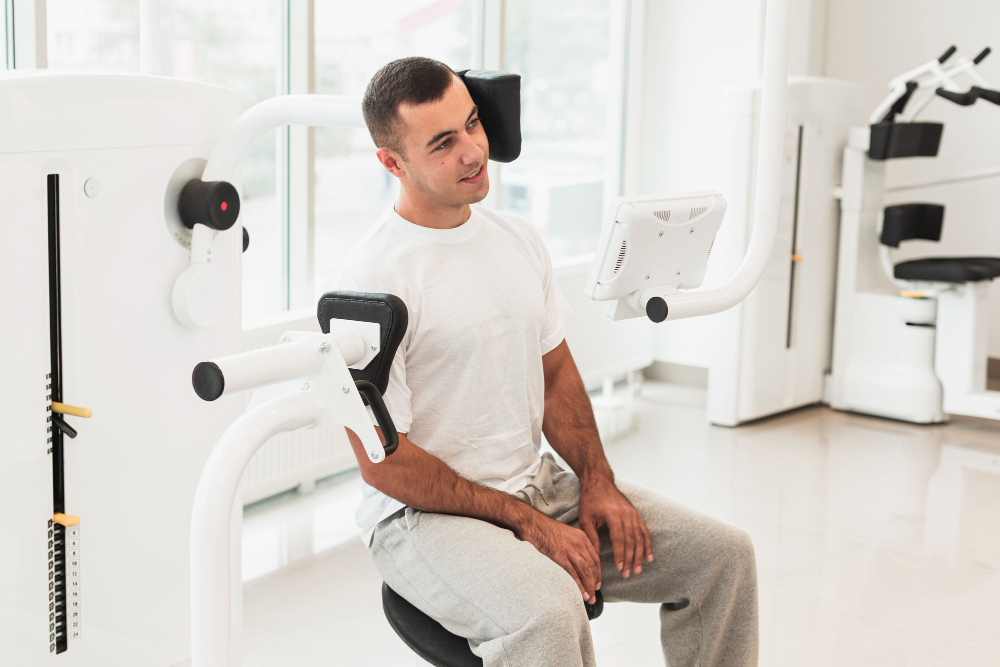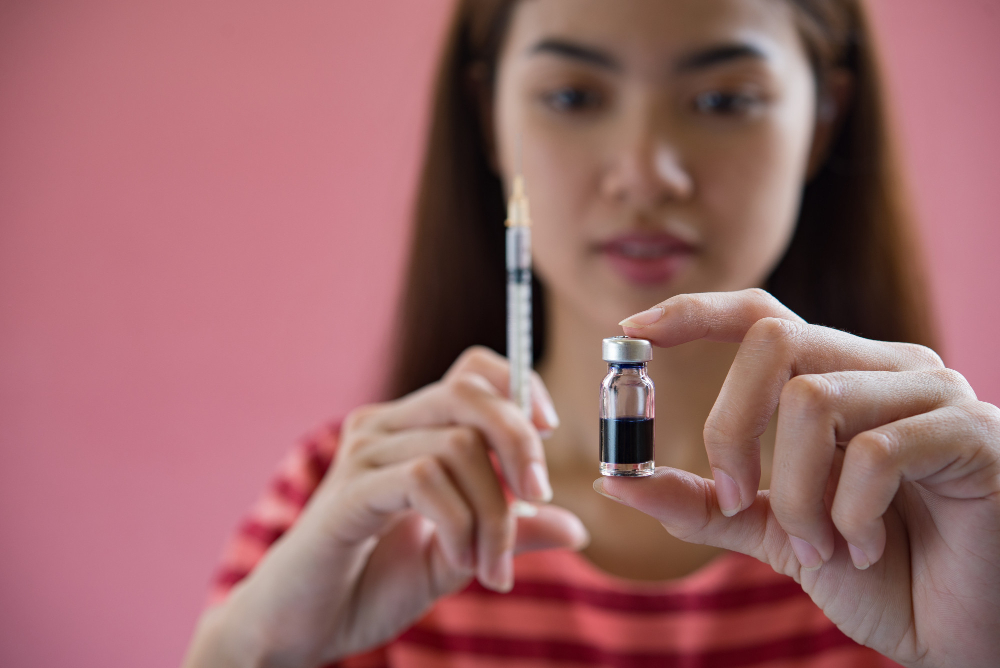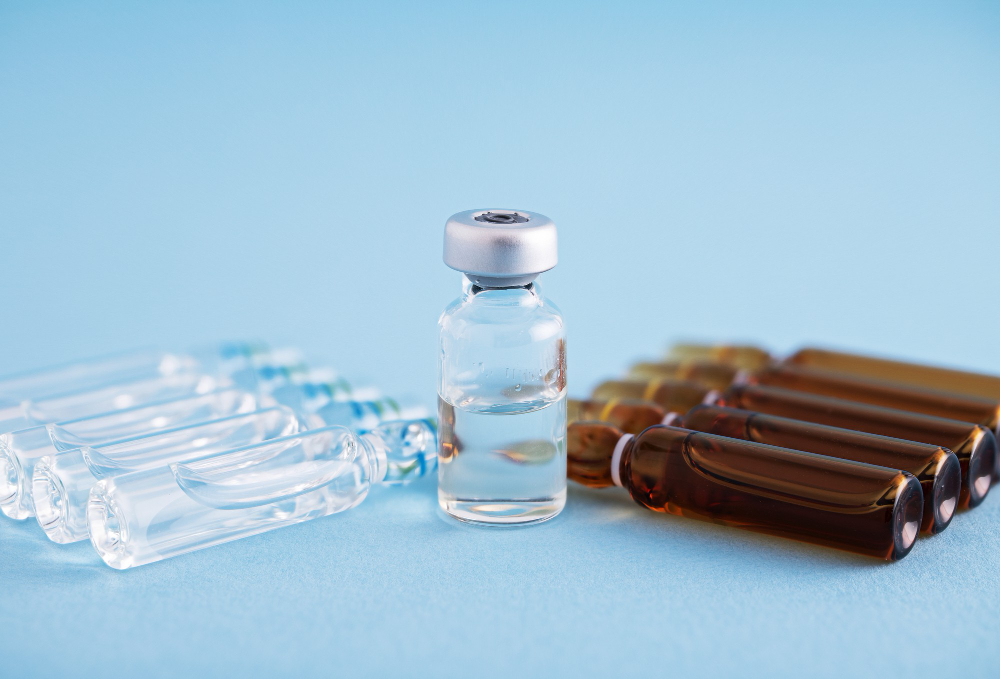
Last updated on by MRC
Paralysis can be a life-altering condition, not only affecting mobility but also influencing the way a patient eats, digests, and absorbs nutrition. While physiotherapy, medications, and emotional support are critical pillars of rehabilitation, one often-overlooked but equally vital component is nutrition, especially for patients who struggle with chewing or swallowing. That’s where a liquid diet for paralysis patients becomes essential in ensuring smooth recovery and sustained strength.
At Medical Rehabilitation Center (MRC), a leading paralysis hospital in Kolkata, we understand that healing begins from the inside. Let’s explore how a carefully curated liquid diet plan for paralysis recovery can aid faster healing, support muscle function, and boost immunity.
When a person suffers from a stroke, spinal cord injury, or traumatic brain injury, their nutritional needs change dramatically. The body requires extra energy and nutrients to repair damaged tissues, maintain muscle mass, and prevent secondary complications like infections or pressure ulcers.
However, many paralysis patients experience difficulty with:
In such cases, a liquid diet for paralysis patients is not just a convenience—it’s a necessity. Liquids and semi-liquids are easier to consume, can be nutrient-dense, and are less likely to cause choking or fatigue during meals.
A liquid diet includes foods in liquid or semi-liquid form that provide essential macronutrients (carbs, proteins, fats) and micronutrients (vitamins, minerals) to promote recovery. A good diet plan for paralysis patients includes:
To promote recovery, your liquid diet should be packed with these key nutrients:
1. Protein
2. Omega-3 Fatty Acids
3. Vitamins A, C, E
4. Folate and B-Complex Vitamins
5. Iron and Zinc
Here’s a simple, customizable liquid diet plan for paralysis recovery, designed to be easy on the digestive system while being nutritionally rich:
| Time | Meal |
| 8:00 AM | Warm turmeric-infused almond milk |
| 10:00 AM | Banana and oats smoothie with flaxseed |
| 12:30 PM | Moong dal soup + spinach puree (blended) |
| 3:00 PM | Fresh orange-carrot juice + multigrain porridge (semi-liquid) |
| 6:00 PM | Clear chicken or fish bone broth |
| 8:00 PM | Sweet potato puree with milk + date shake |
A well-balanced diet for paralysis patients can:
Most importantly, the liquid diet for paralysis recovery ensures that patients receive nutrients even when solid food intake is limited or impossible.
At Medical Rehabilitation Center (MRC), we believe that recovery doesn’t have to come at the cost of comfort. Food is more than nutrition—it’s an emotional experience, especially for patients undergoing long-term treatment. That’s why our dietary experts often recommend culturally rooted, Bengali-style liquid meals that are not only nutritionally rich but also familiar, flavorful, and healing.
Here are some time-tested favorites from Bengali kitchens that double up as therapeutic options in a liquid diet for paralysis patients:
Cholar Dal Soup
A light, protein-packed lentil soup made from Bengal gram. It’s high in folate and B-complex vitamins, supporting nerve health and energy production.
Pabda Fish Broth
This omega-3-rich broth is a powerhouse for improving nerve and brain function. Traditionally used in Bengali homes for recovery from illness, it’s light, hydrating, and excellent for tissue repair.
Steamed Pumpkin Puree (Kumro)
Soft, naturally sweet, and gut-friendly, pumpkin puree is a gentle yet powerful source of beta-carotene, which helps fight inflammation and strengthens the immune system.
Aam Panna (in moderation)
This tangy, traditional summer drink made from raw mango is packed with electrolytes and vitamin C. When consumed in moderation, it can be an effective way to keep patients hydrated and refreshed.
Lau-er Jhol (Blended Bottle Gourd Stew)
Made from lauki (bottle gourd), this dish is naturally cooling and easily digestible. When blended, it becomes a nutrient-rich liquid option that’s ideal for detoxifying and easing digestion.
These local delicacies are more than just additions to a diet plan for paralysis patients—they’re familiar comforts that lift the spirit while supporting the body. At MRC, we customize such traditional liquid diets to match individual nutritional needs, ensuring every meal serves both medicinal and emotional healing.
At Medical Rehabilitation Center (MRC), we offer personalized diet planning, physiotherapy, occupational therapy, and emotional care under one roof. Our expert team of neurologists, dietitians, and rehab therapists creates recovery roadmaps tailored to each individual’s needs, right from liquid diets to physical mobility training.
As a trusted paralysis hospital in Kolkata, MRC ensures that recovery is not just about surviving, but thriving—with dignity, energy, and confidence.
Recovery from paralysis requires a multi-pronged approach, and the right liquid diet for paralysis patients can make a noticeable difference in stamina, healing, and daily comfort. From protein-packed broths to antioxidant-rich smoothies, every sip contributes to stronger nerves, better muscle control, and faster recovery.
By pairing this diet with expert medical care at Medical Rehabilitation Center (MRC), patients and families can experience recovery that’s faster, safer, and more sustainable.



